Icehotel Sweden review: the world’s coolest destination
A hotel made of ice is a clever tourist attraction - but the idea came about almost by accident
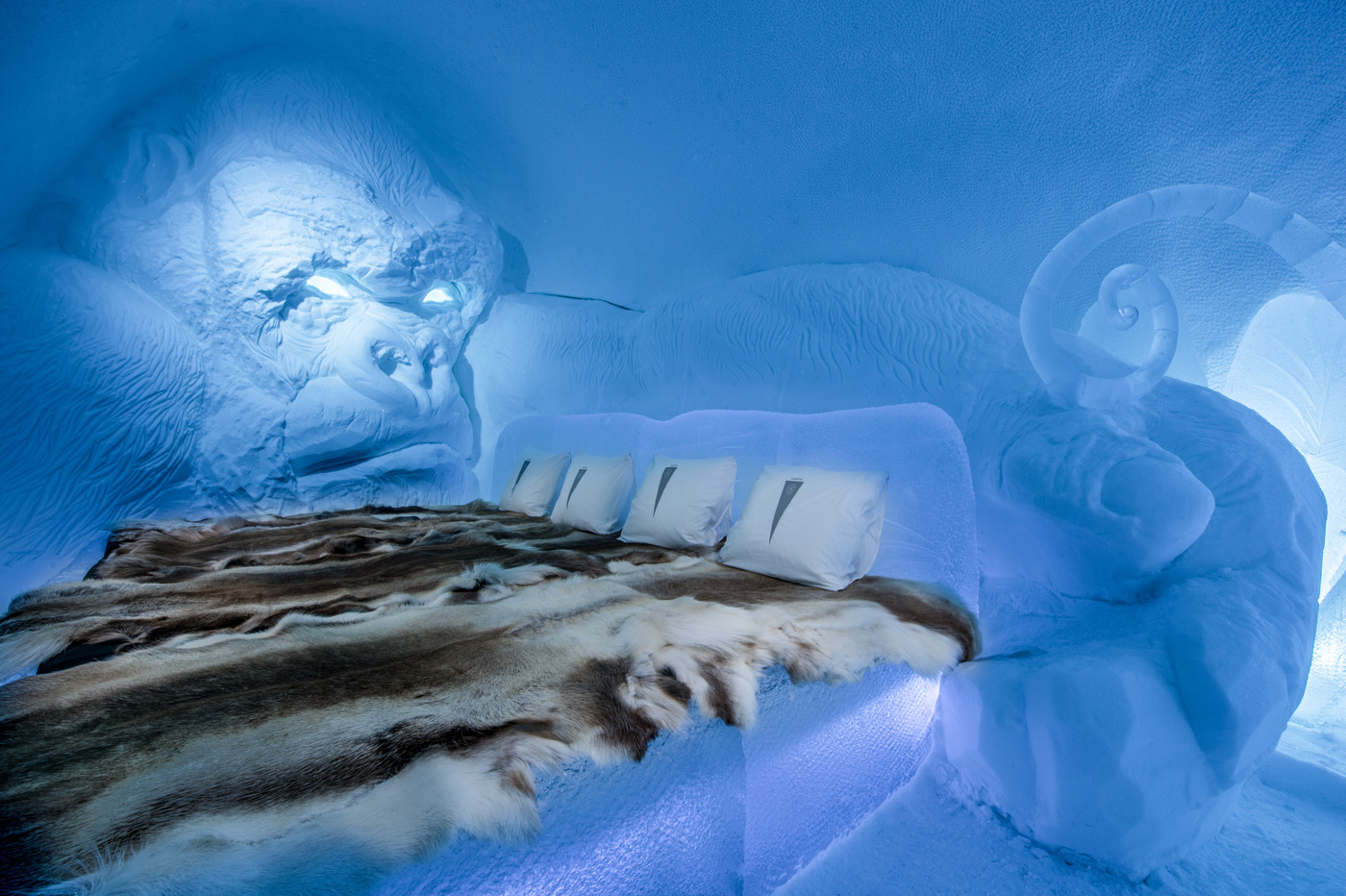
The annual unveiling of the latest Icehotel in the far north of Sweden, deep in the Arctic Circle, has become an event in its own right. The spectacular structure – half hotel, half art exhibit – is built from scratch, from just ice and snow, every year, and features individual rooms and suites carved by artists, designers and architects from across the globe. More than 30,000 guests sleep in the -5 degrees celcius rooms each winter. Then, as April arrives and the freezing temperatures give way to the Arctic Circle’s interpretation of summer, the hotel melts away back into the Torne River from which the ice came.
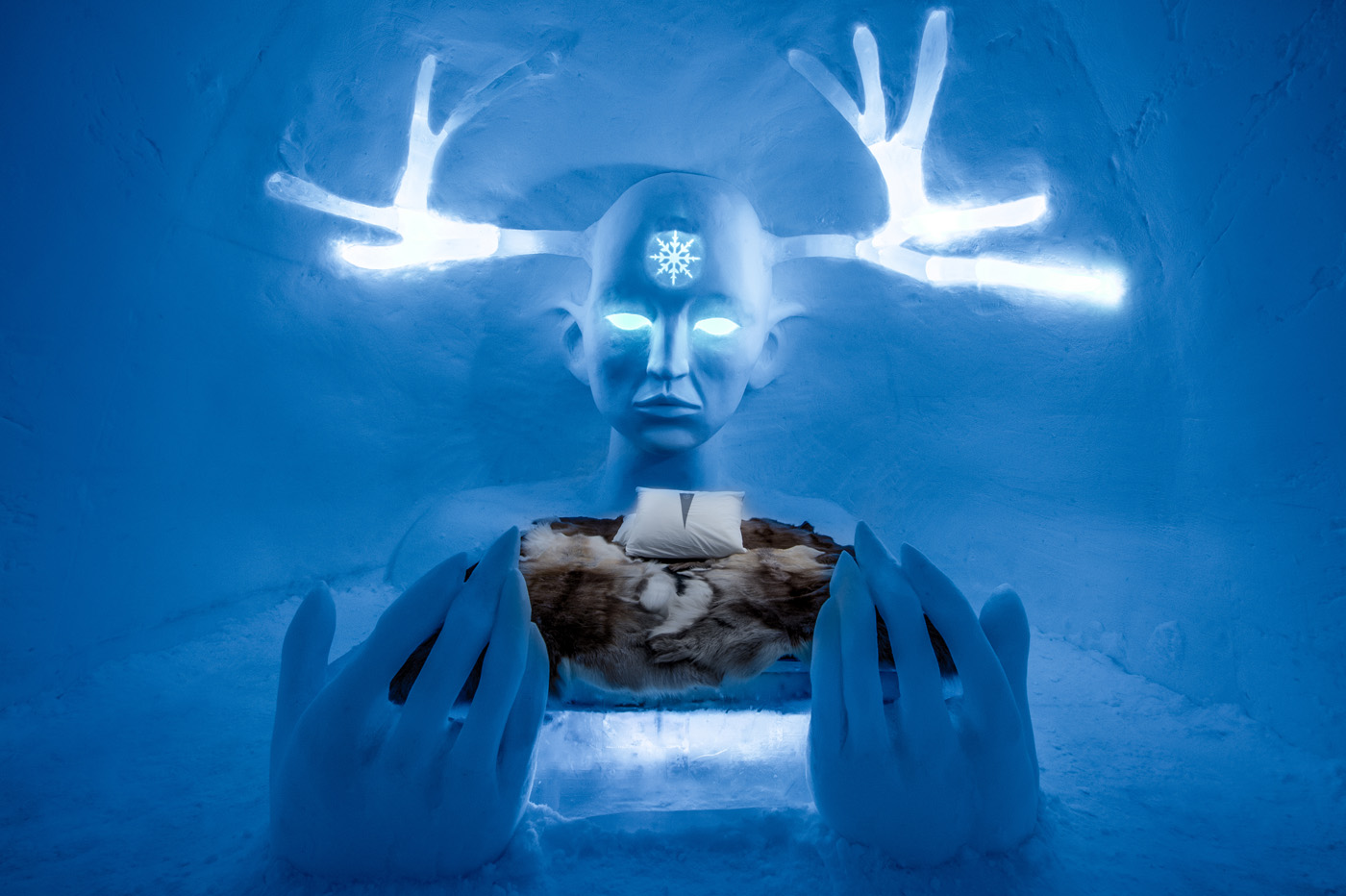
Queen of the North by Emilie Steele & Sebastian Dell Uva © Asaf Kliger
The Week
Escape your echo chamber. Get the facts behind the news, plus analysis from multiple perspectives.

Sign up for The Week's Free Newsletters
From our morning news briefing to a weekly Good News Newsletter, get the best of The Week delivered directly to your inbox.
From our morning news briefing to a weekly Good News Newsletter, get the best of The Week delivered directly to your inbox.
The whole mad notion may seem like a cunning tourist attraction, devised by sharp-suited marketing people in chic boardrooms, yet in reality, the idea for the Icehotel came about almost by accident.
Carved out of ice
In 1989, a group of Japanese artists were invited to the tiny town of Jukkasjärvi to teach their country’s ancient traditions of ice sculpting to a small group of local and international artists.
Inspired by their workshops, the following year Icehotel founder Yngve Bergqvist put on another ice-based art exhibition inside a specially created frozen gallery space. Bergqvist named the gallery the ARTic Hall, and returned each winter with a new group of artists, and a gradual expansion of his original vision. The ice gallery was joined by an ice bar, followed by a programme of ice-related activities, and eventually, madly, ice beds.
A free daily email with the biggest news stories of the day – and the best features from TheWeek.com
The first people to stay overnight were a specialist survival group of the Swedish armed forces. Intrigued by the concept of sleeping in extreme negative temperatures, more guests followed, and so the Icehotel was born.
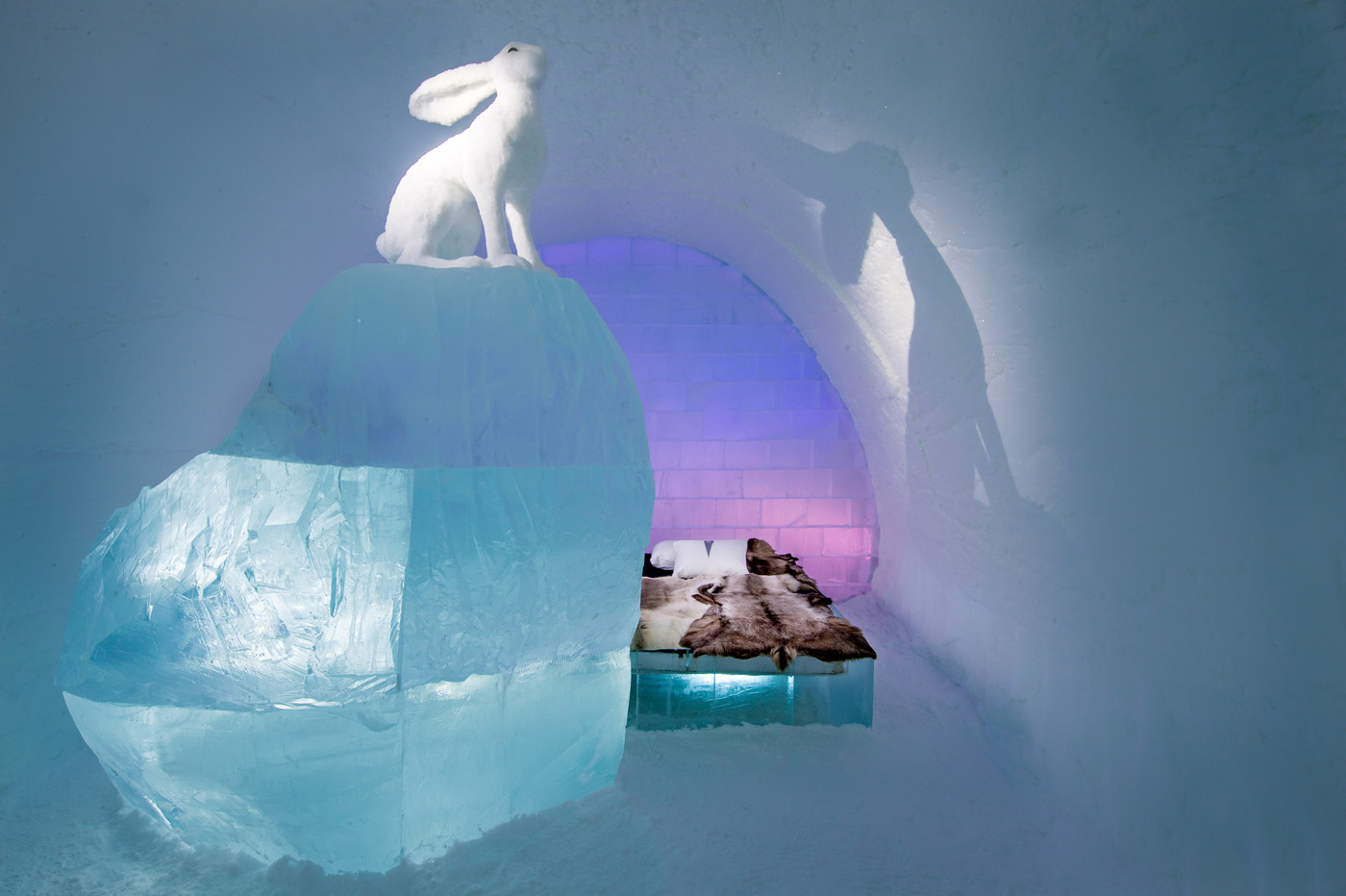
Follow the White Rabbit by AnnaSofia Mååg & Niklas Byman © Asaf Kliger
Flying north for winter
One thing most prospective visitors should note, before they decide to take the plunge and travel almost as far north as it is possible to go, is that the Icehotel is not cheap. Rooms start at about £300 per person per night (if you want to sleep on ice, which of course you do), while food, flights and activities all add to the cost. The question, then, is whether the experience is worth the price. Having experienced it for ourselves, the answer is an emphatic yes.
Flying with a specially chartered Scandinavian Airlines flight commandeered entirely by specialist tour operator Discover The World, our visit begins with some handy tips on making the most of our Arctic adventure. A representative on the plane offers advice on how to stay warm, where to meet for activities and even tips on wearing mascara in freezing temperatures - short answer: don’t bother, it will be streaming down your cheeks five minutes after you get outside.
Touching down at Kiruna Airport, which looks like a small Ikea store, the thermometer reads -20 degrees celcius. It is tolerable, but two days later, when the mercury hits -33 degrees, we are thankful for the extra layers (snowsuit, boots, gloves and balaclava) that the hotel loans to all guests.
Putting it on ice
The first night of The Week Portfolio’s stay at Icehotel is scheduled to be in one of the ice rooms, after which we move to a warm room for our final two nights. This seems like the right order – the ice room is what we have come for, after all.
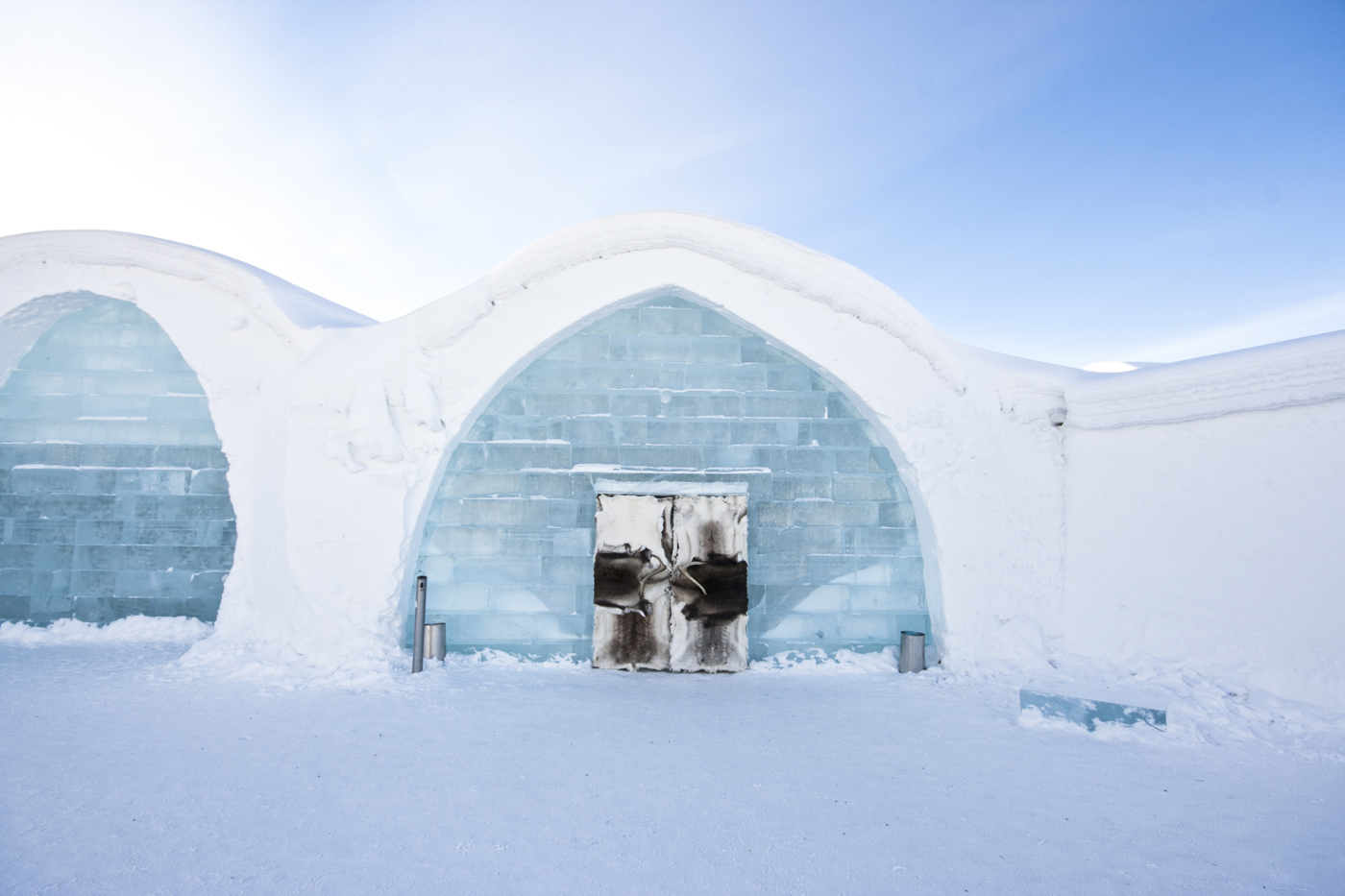
© Martin Smedsn
Check-in is a swift affair, after which we are directed to our own personal closet-cum-changing room, where we can store our bags (which would freeze if you tried to take them to your ice room), and get ready for a night in the cold.
Before that, though, we head to a “How to sleep on ice” briefing session. A guide leads us to one of the rooms and takes us through it.
Tip one: start out warm. If you aren’t warm when you get into your sleeping bag, you are never going to get warm.
Tip two: sleep in one or two layers of thermal underwear, take your boots off before you get into bed, and keep any other clothes in the bottom of your sleeping bag so they don’t freeze by morning.
Tip three: zip your sleeping bag all the up so that only your face is exposed. But don’t cover your face, because humans need oxygen to survive (helpful, eh?).
Final tip: don’t drink too much before you go to bed, to avoid having to get up in the middle of the night to pee (the toilets are located outside of Icehotel).
Slightly trepidatious, we have dinner, return to our walk-in closet and get ready for bed. We pass through the ice corridors and find our room, a so-called Art Room, which lives up to its name. Each Art Room has been sculpted by a different artist, and each has a different theme. Ours is a magnified miniature world that makes you feel as though you have taken Alice’s Wonderland “Drink Me” potion and shrunk yourself to the size of a penny. Above us are glowing toadstools, while climbing over our bed are vast snails, their shells the size of beach balls. Mushrooms line the room, changing colour from pink to blue to yellow and back again.
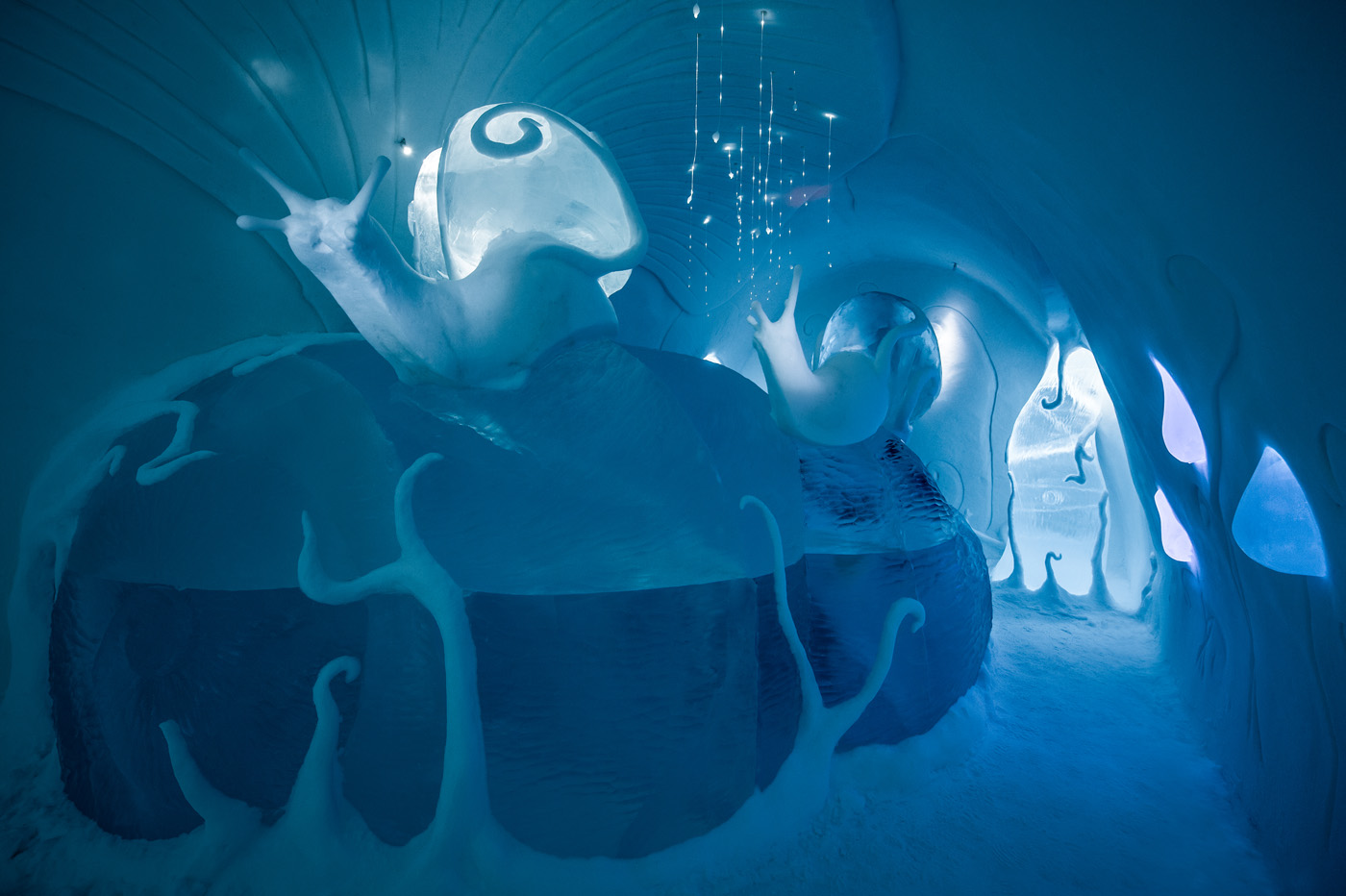
Ground Rules by Carl Wellander & Ulrika Tallving © Asaf Kliger
Our bed is a block of ice, covered with a soft waterproof mattress topped with cosy reindeer skins. We unfurl our sleeping bags on top and, removing our boots, jump inside as quickly as possible. Above us, before we turn off the light, are streamers of illuminated crystals that look like frozen rain. The effect is beautiful – and astonishingly peaceful. Snow is a wonderful sound insulator, and once you are in your room, you can’t hear a thing, even though there are just curtains, rather than doors, between each room and the main hallway.
And so we sleep; a deep and proper sleep with only one or two moments where we are woken by the cold on our faces. A quick adjustment of the peephole at the top of each sleeping bag and we are back in the land of nod.
Our morning wake-up call comes in the form of an Icehotel guide with two cups of hot lingonberry juice - the perfect warming tonic after a brumal night.
After everyone has arisen, the hotel transforms back into gallery space, with rooms available for viewing. Our favourites include a giant King Kong with his arm stretched around the bed (pictured top), a room that looks like the interior of a Fabergé egg (below), an incredible ice queen with glowing antlers, and of course, our own Wonderland-esque room.
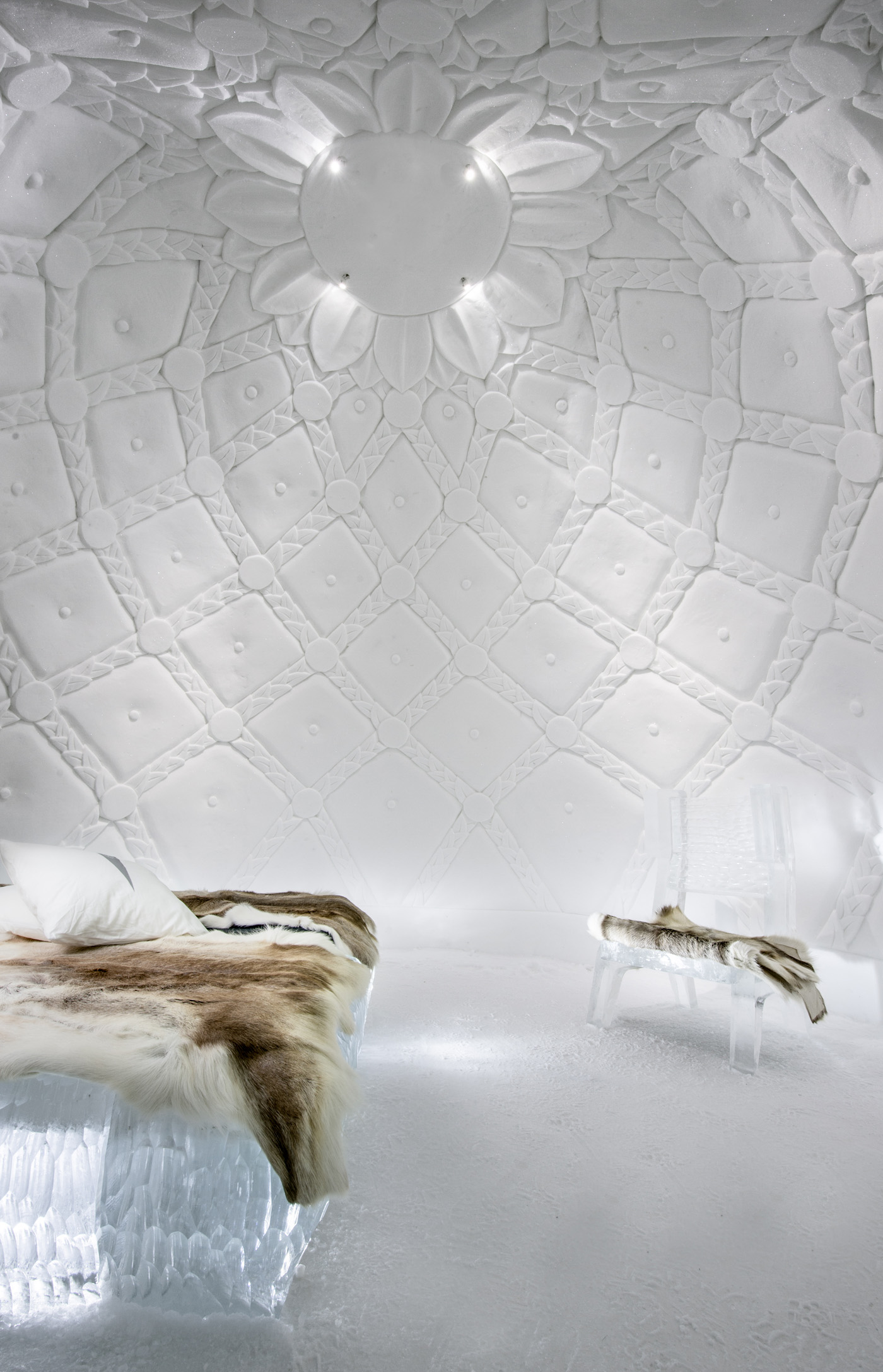
Last Fabergé Egg by Tomasz Czajkowski & Eryk Marks © Asaf Kliger
As well as the Art Rooms, there are also slightly cheaper rooms with a more generic, though still very pretty, layout.
Playing cool
Icehotel is a great gateway for snowbound pursuits. Some highlights include:
The Chef’s Table
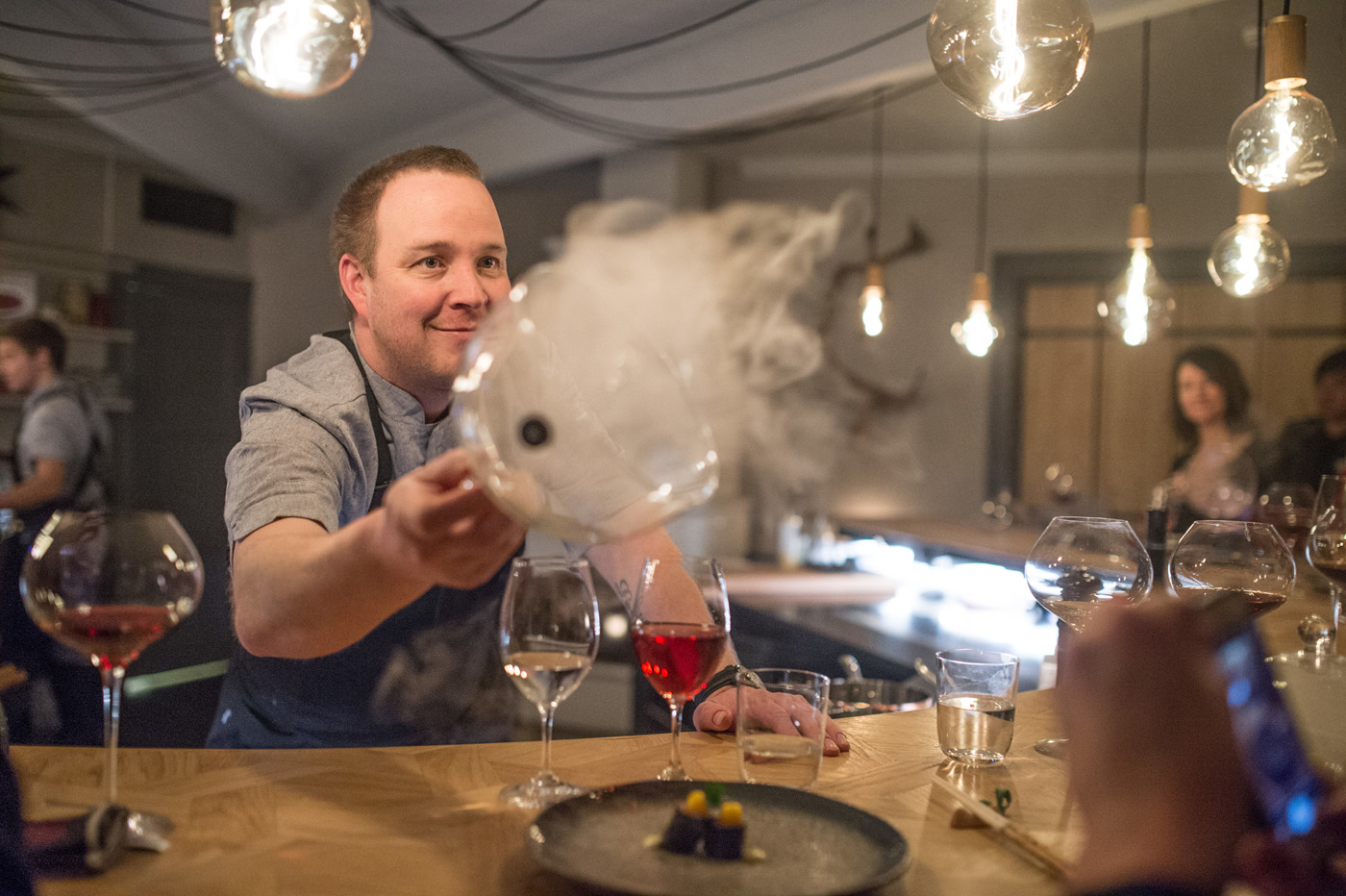
© Asaf Kliger
This year, Alexander Meier, the Michelin-trained head chef of the Icehotel restaurant, and sommelier Sofie Nordefors have teamed up to produce an extravagant four-hour 12-course menu with matching wines. The experience takes place in a specially designed dining room that is also a kitchen, so you spend the evening chatting with the chefs and your fellow diners as each course is constructed in front of you.
Dishes change seasonally, but highlights from the inaugural winter menu include the spectacularly smoky Arctic char (a cold-water salmon-like fish), which is served sashimi-style, on a smear of horseradish purée, with tart pickled kohlrabi and a dollop of caviar. The matching A. Christmann Gimmeldingen Riesling trocken wine adds the right amount of sweetness, without being cloying.
Another highlight is the reindeer bone and shiitake mushroom soup. Fascinatingly, these shiitake mushrooms are grown deep beneath the Earth’s surface, inside the massive iron ore mine that sits beneath the nearby city of Kiruna. The broth is served with reindeer bone on the side, from which each diner pushes through a long gelatinous tube of bone marrow into their soup. The resulting mixture is an absolute triumph – and not nearly as unappetising as it might sound to anyone who has tried bone marrow in the past and not enjoyed it.
Equally brilliant is the reindeer liver terrine with lingonberries and moss (freshly plucked from the tree), matched with a wonderful figgy Brunello di Montalcino. To finish, a raspberry sorbet is served in a single confident scoop on a block of ice – a reminder of the frigid landscape in which the cosiness of the Chef’s Table is cocooned.
Snowmobile tour
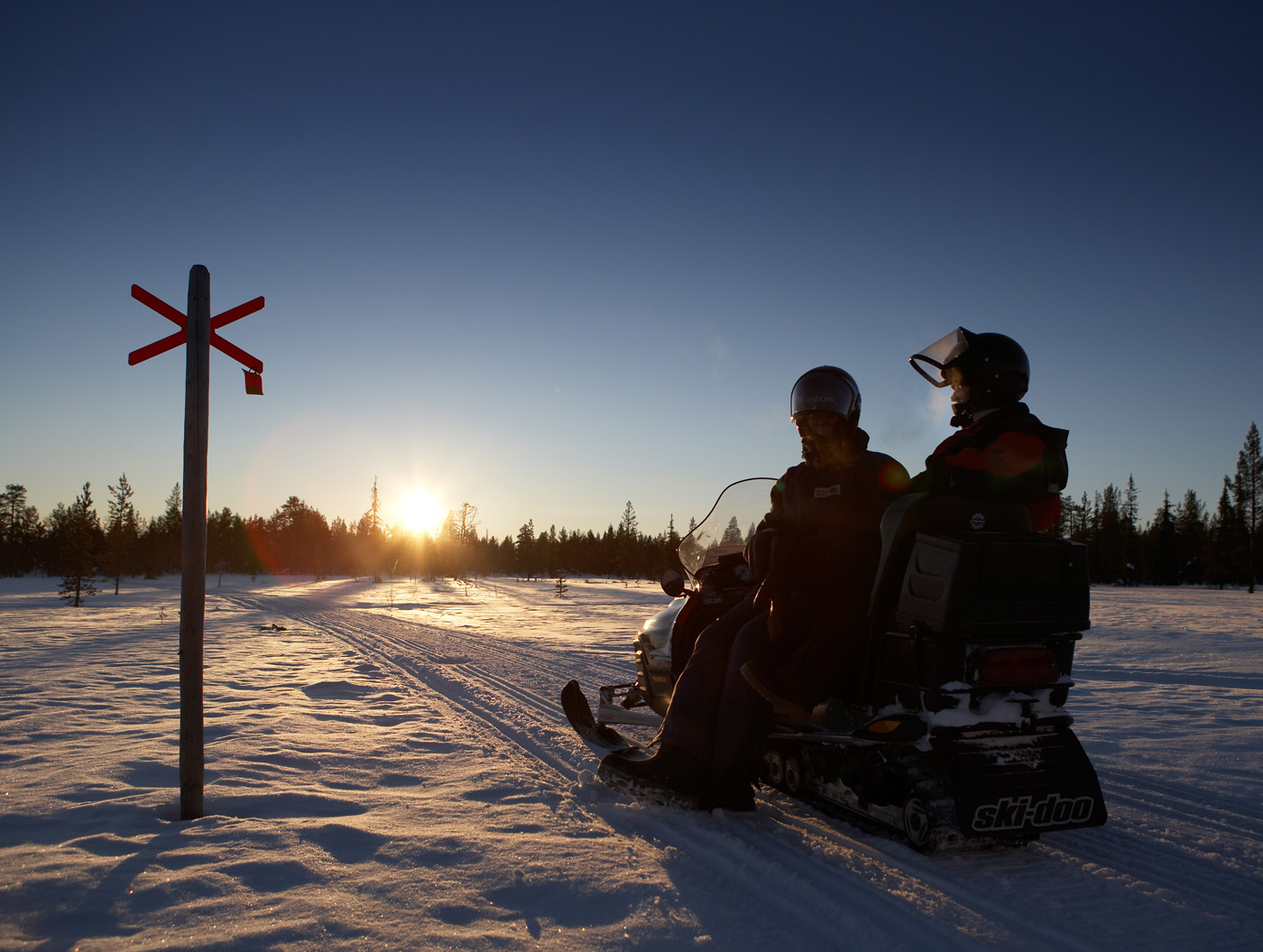
© Viikusjarvi Snjosledar
The Icehotel is perched right on the edge of the Torne, Sweden’s longest river. In winter the Torne is a huge, flat expanse, perfect for speeding along on a snowmobile. Rug up, though, if you take this tour – we head out on a warmer day when it is “just” -15 degrees celcius and are still frozen to our core by the time we get the log cabin where we make a pit stop midway through the trip. Here we are served cinnamon buns and steaming hot coffee, which helps restore feeling to our fingers. But any discomfort is more than repaid as you zip through pristine forests, stopping to make snow angels and slalom up and down hills. Sometimes it is the simple pleasures. The simple, fast, noisy pleasures, that is.
Wilderness dinner
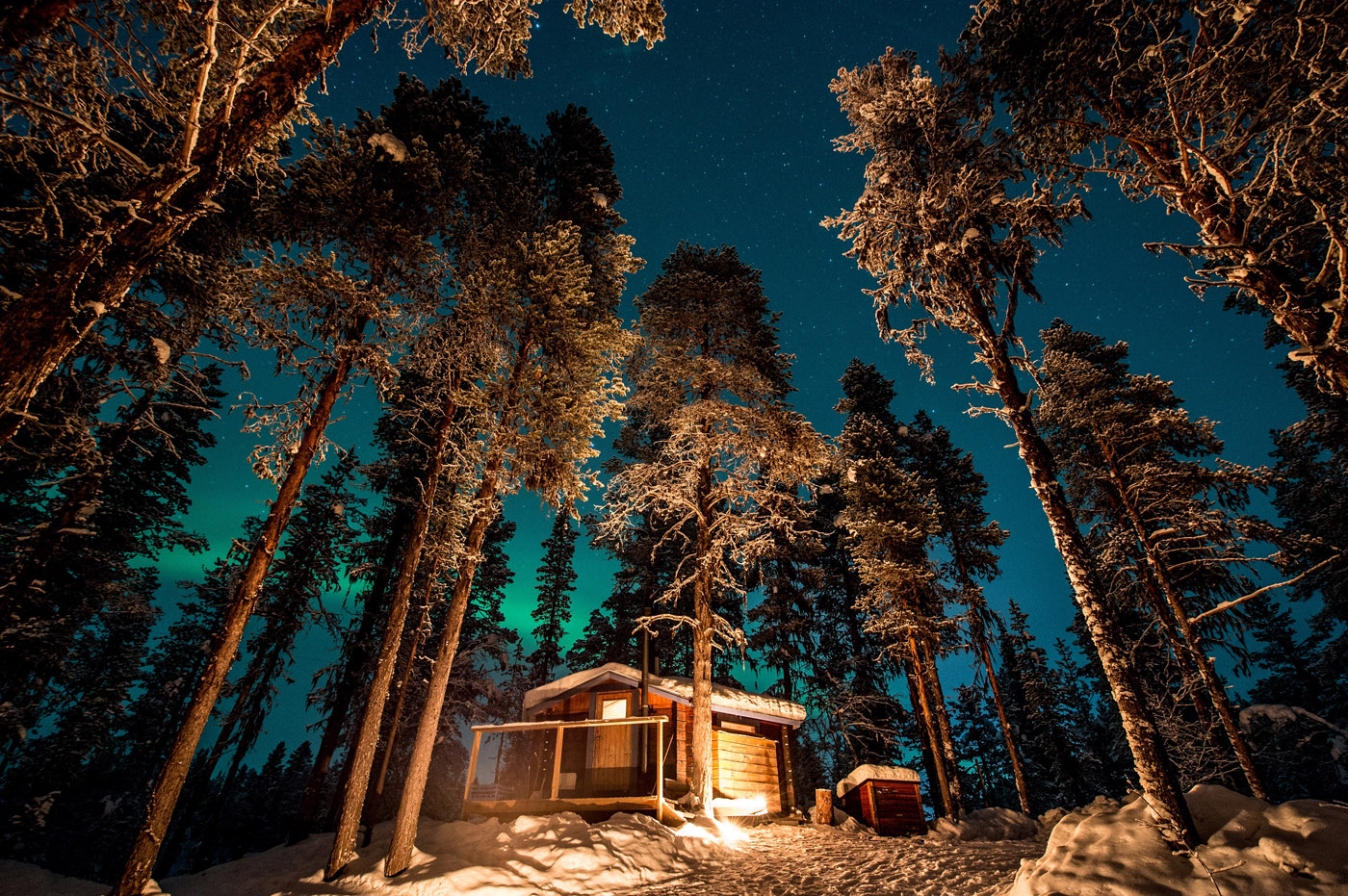
© Asaf Kliger
One of the main attractions of going the to Arctic Circle is, of course, the Northern Lights. But for all their fame, they are also famously fickle, only revealing themselves occasionally, and not always in their full glory. To maximise your chances of seeing them, the best thing to do is to head away from civilisation to a place with minimal ambient light.
One perfect way to do that during your stay at Icehotel is to sign up for the wilderness dinner. Guests are picked up from the hotel and driven half an hour northeast to a beautiful secluded spot, where you will find just a teepee, a log cabin and a small lake. It’s an ideal location to lay down and watch the Northern Lights dancing around above you like celestial torchlight... provided they make an appearance.
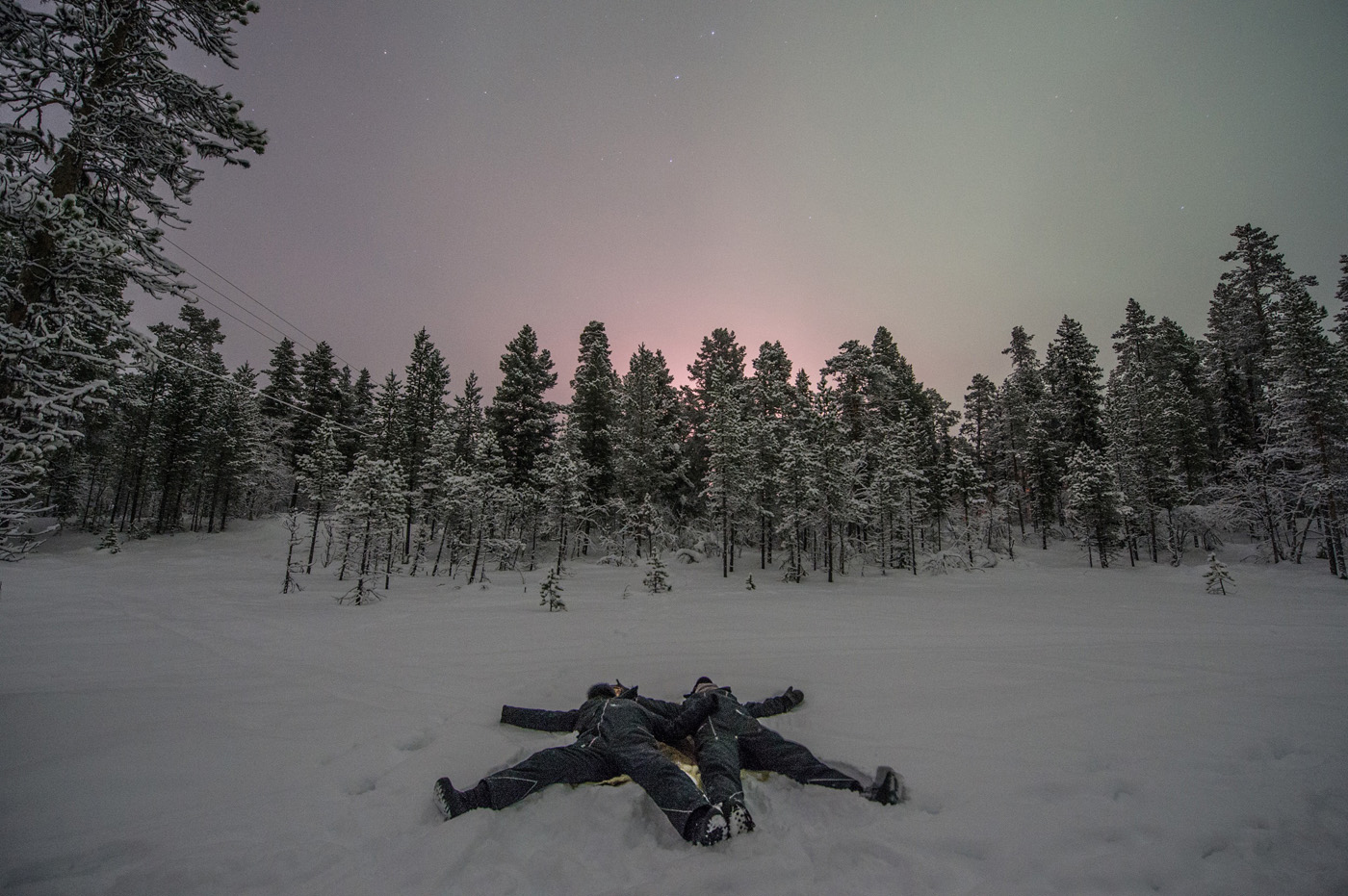
© Asaf Kliger
Regardless, even if the Aurora Borealis is a no-show, the experience of being out in the wilderness, drinking glögg (a warm Swedish take on mulled wine), and being cooked for in a tiny cabin (maximum eight guests), is magical. In fact, it is here that we gain a true appreciation of what draws Swedes to this harsh part of the world, and what stops so many people who are born in the region from leaving. As Hilda, our chef and guide for the evening tells us, things are simpler here: you cut wood, you eat, you sleep. Just surviving is what life is about, and you can take enormous pleasure from doing things slowly, because you must do everything slowly by necessity. Then, when the sun finally emerges, life is transformed, she adds, and full of joy.
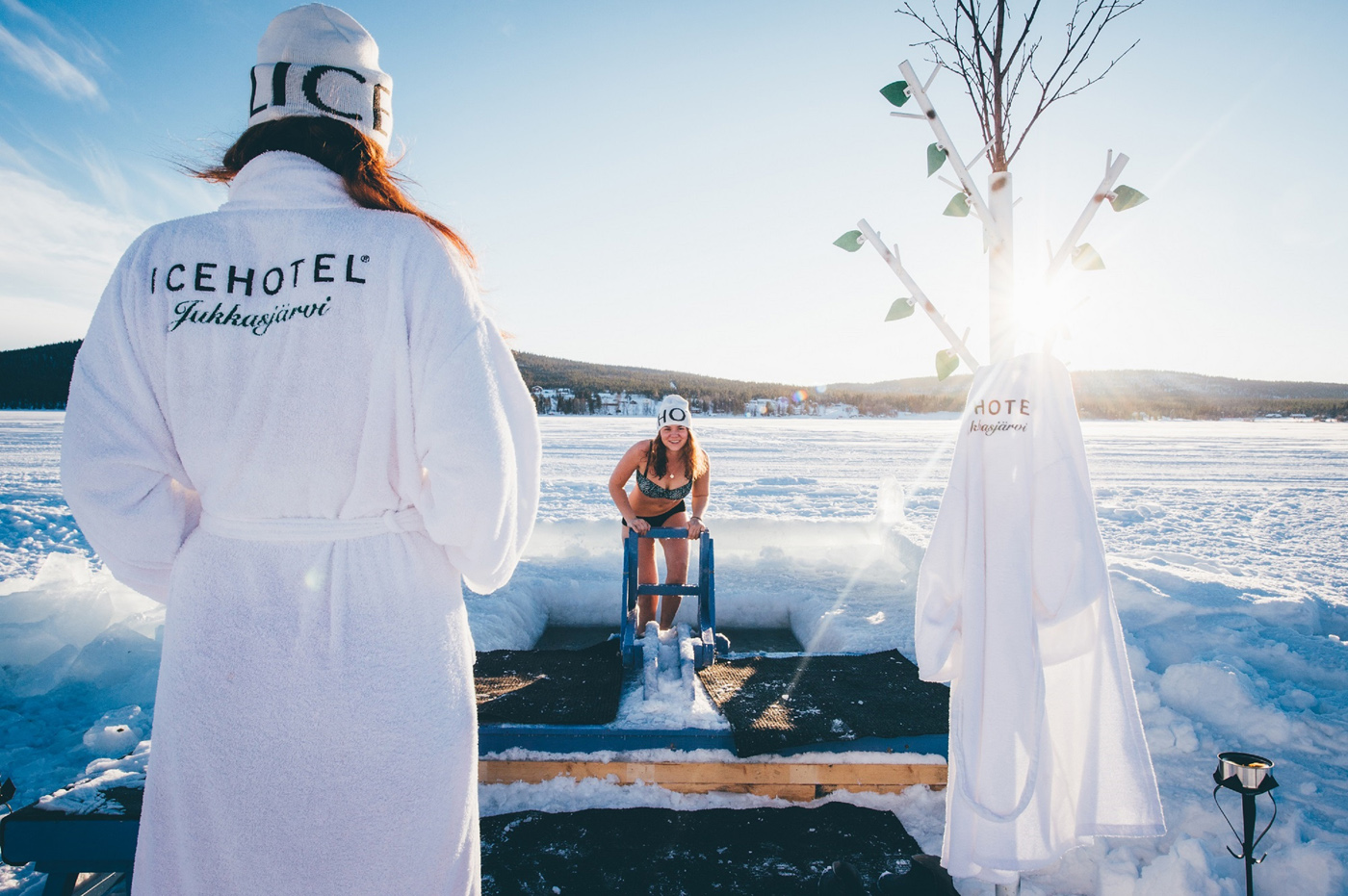
© Asaf Kliger
On our final day, shortly before noon, the sun does make its first appearance of our trip, poking just above the horizon and bathing Icehotel, the Torne, and the surrounding trees and the mountains in a soft pink glow. Both guests and staff stand transfixed, staring straight at the sun, smiling. Life has been transformed, just as Hilda predicted and, as we finish our visit to this astonishing part of the world, feels genuinely full of joy.
Three nights start from £1,154pp, based on two sharing (with one night sleeping in an ice room and two nights in warm accommodation), on a B&B basis, with exclusive direct #IceFlight from London Heathrow to Kiruna, including all airport transfers and a morning sauna after a night sleeping on ice. Book via discover-the-world.co.uk/icehotel or call 01737 886131.
Top photograph: King Kong by Lkhagvadorj Dorjsuren © Asaf Kliger
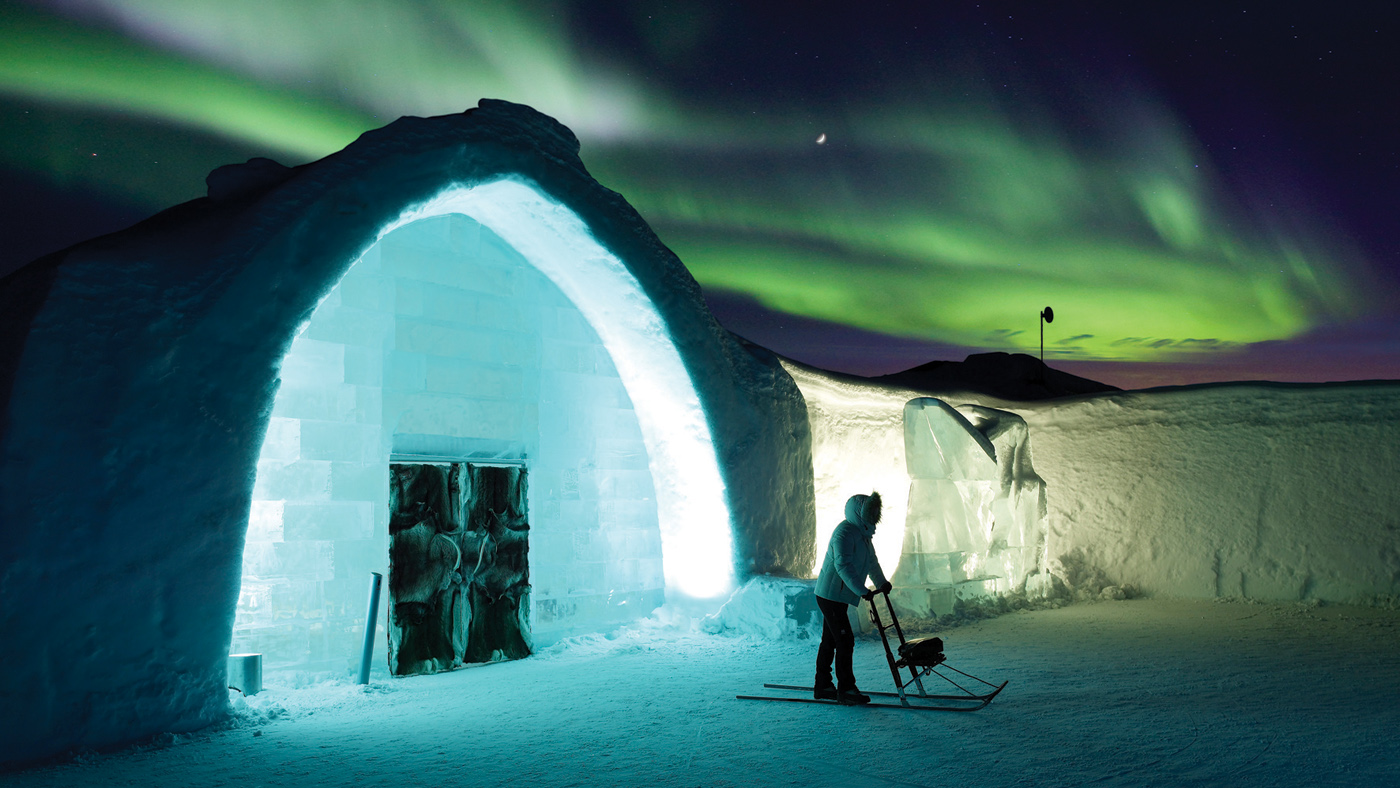
© Ragnar TH Sigurdsson
Arion McNicoll is a freelance writer at The Week Digital and was previously the UK website’s editor. He has also held senior editorial roles at CNN, The Times and The Sunday Times. Along with his writing work, he co-hosts “Today in History with The Retrospectors”, Rethink Audio’s flagship daily podcast, and is a regular panellist (and occasional stand-in host) on “The Week Unwrapped”. He is also a judge for The Publisher Podcast Awards.
-
 Ashes to ashes, ducks to ducks: the end of Bazball?
Ashes to ashes, ducks to ducks: the end of Bazball?Talking Point Swashbuckling philosophy of England men’s cricket team ‘that once carried all along with it has become divisive and polarising’
-
 The strangely resilient phenomenon of stowaways on planes
The strangely resilient phenomenon of stowaways on planesIn The Spotlight Lapses in security are still allowing passengers to board flights without tickets or passports
-
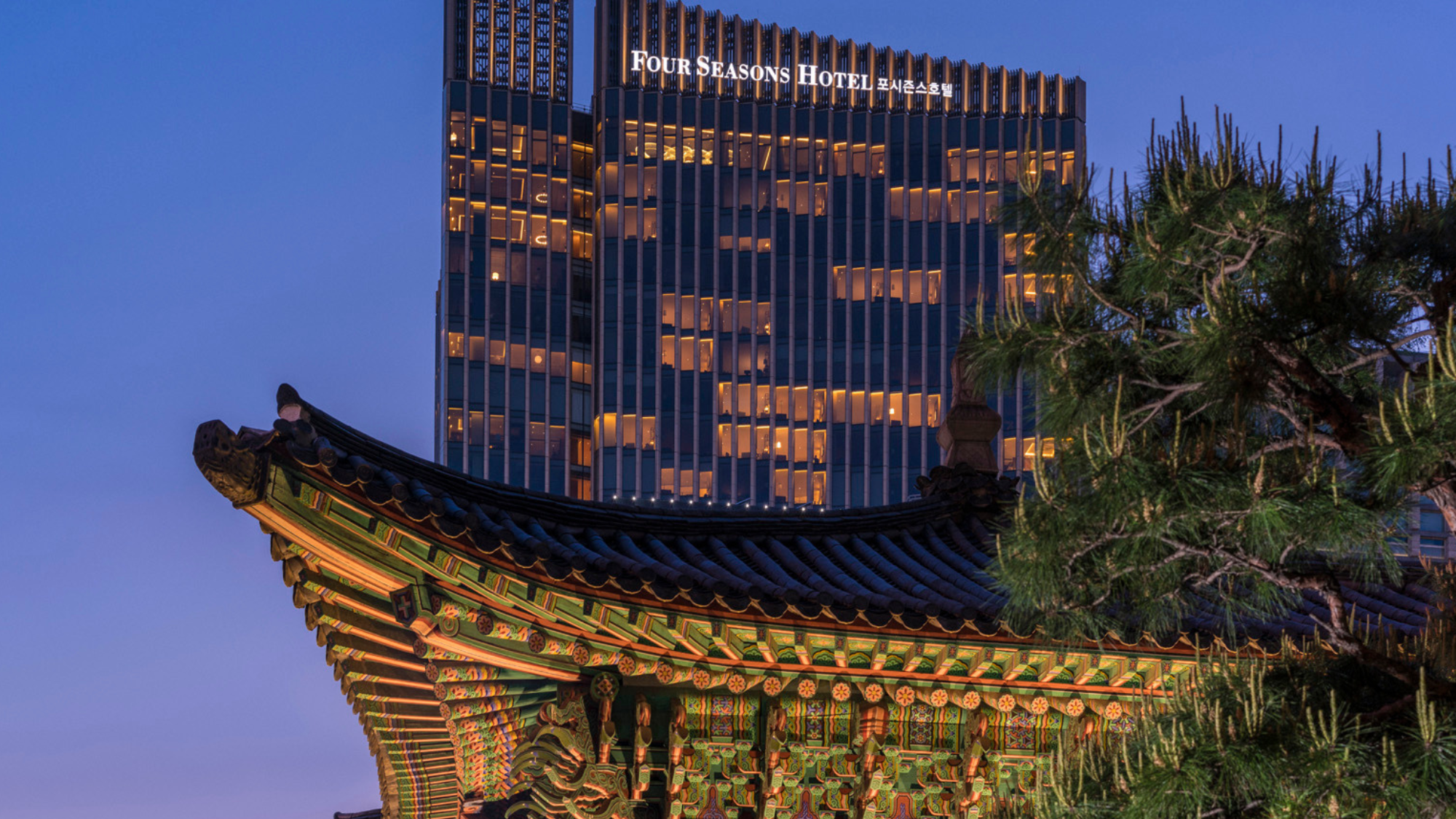 Four Seasons Seoul: a fascinating blend of old and new in South Korea
Four Seasons Seoul: a fascinating blend of old and new in South KoreaThe Week Recommends Located right in the heart of the action, this classy hotel is the perfect base to explore the capital
-
 Four Seasons Seoul: a fascinating blend of old and new in South Korea
Four Seasons Seoul: a fascinating blend of old and new in South KoreaThe Week Recommends Located right in the heart of the action, this classy hotel is the perfect base to explore the capital
-
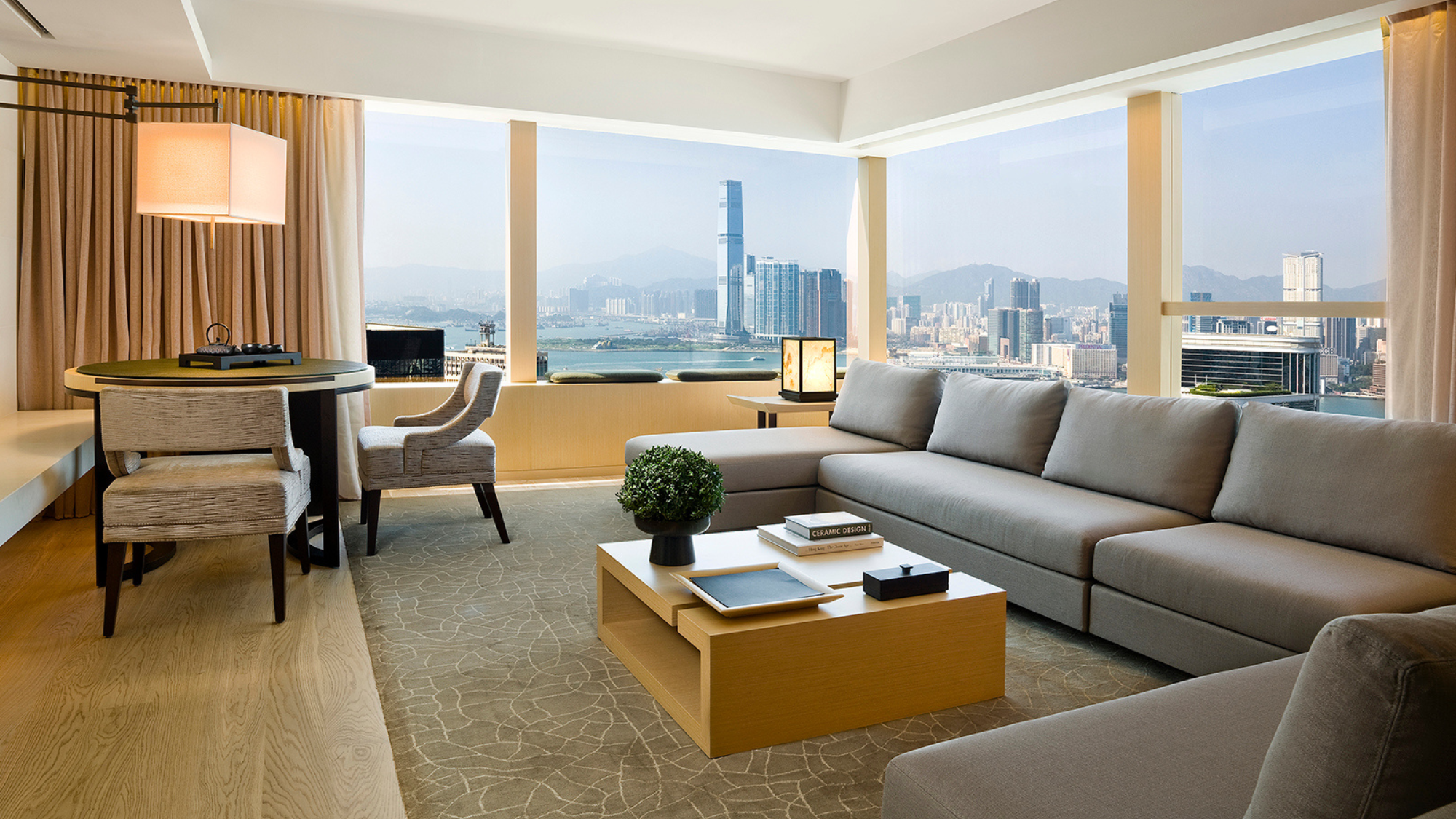 Upper House Hong Kong: a serene sanctuary in the bustle of the city
Upper House Hong Kong: a serene sanctuary in the bustle of the cityThe Week Recommends Panoramic harbour views and super-stylish interiors elevate this luxury hotel to another level
-
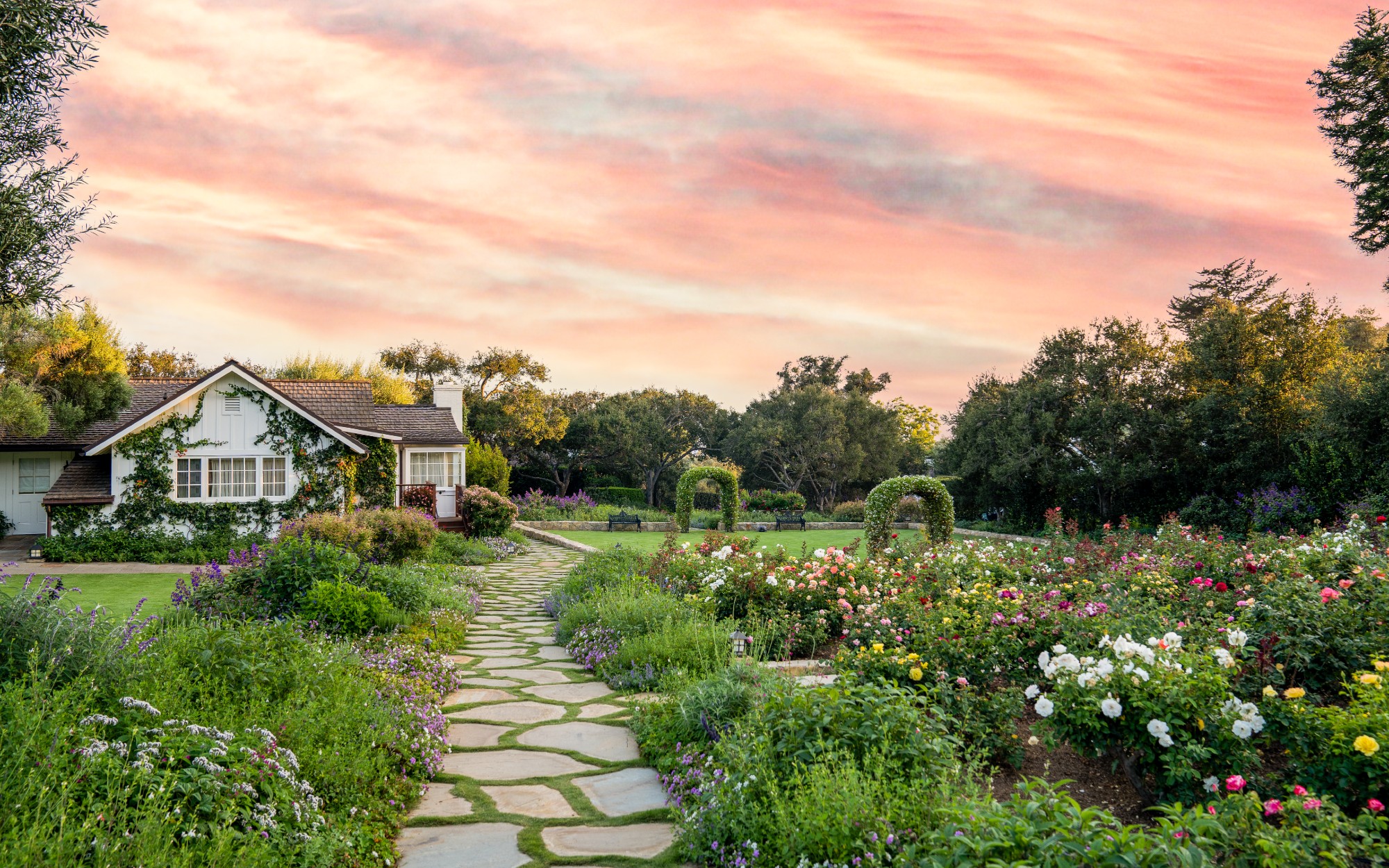 Step into a fairy tale at San Ysidro Ranch
Step into a fairy tale at San Ysidro RanchThe Week Recommends This historic Californian hideaway is pure magic
-
 The Old Bell Hotel: whimsy and charm in historic Wiltshire
The Old Bell Hotel: whimsy and charm in historic WiltshireThe Week Recommends Giraffes, monkeys and bold, bright colours add a playful touch to this 800-year-old inn
-
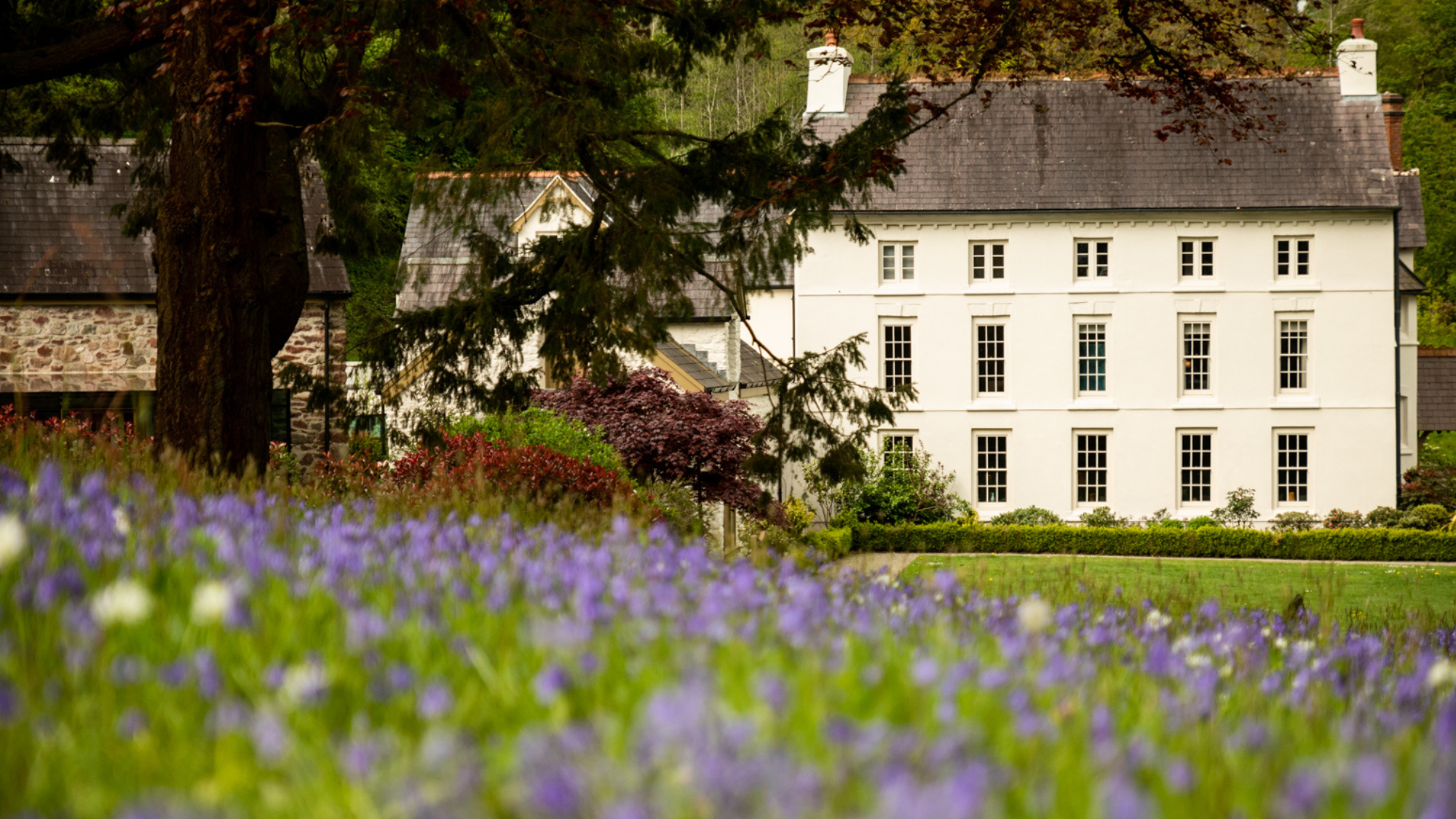 Grove of Narberth: comfort and style in the Welsh countryside
Grove of Narberth: comfort and style in the Welsh countrysideThe Week Recommends This boutique Georgian manor in Pembrokeshire is the perfect rural retreat
-
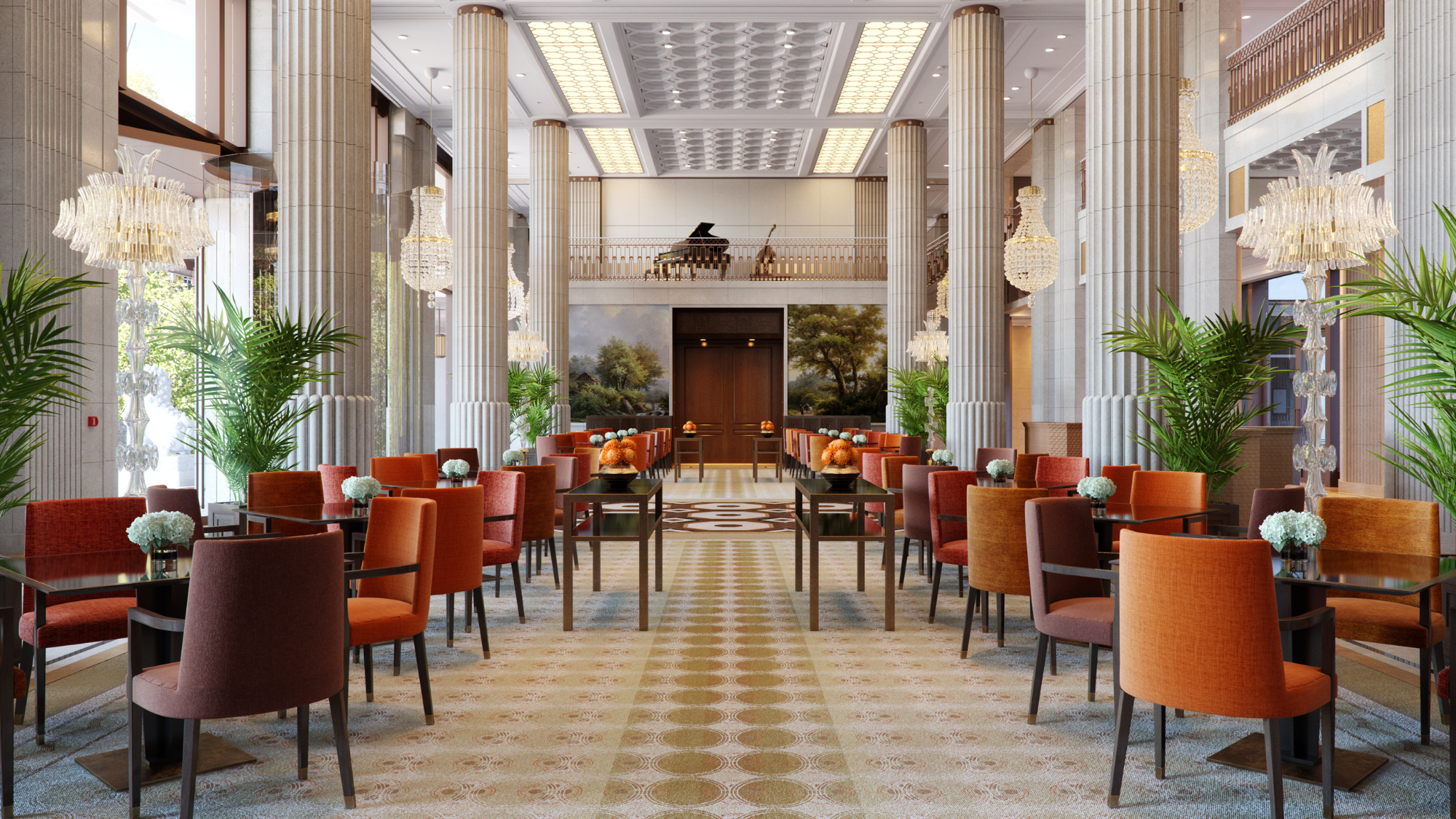 The Peninsula: London’s first billion-pound hotel
The Peninsula: London’s first billion-pound hotelThe Week Recommends As the capital’s super-luxury hotel scene continues to expand, the respected brand is still setting the standard
-
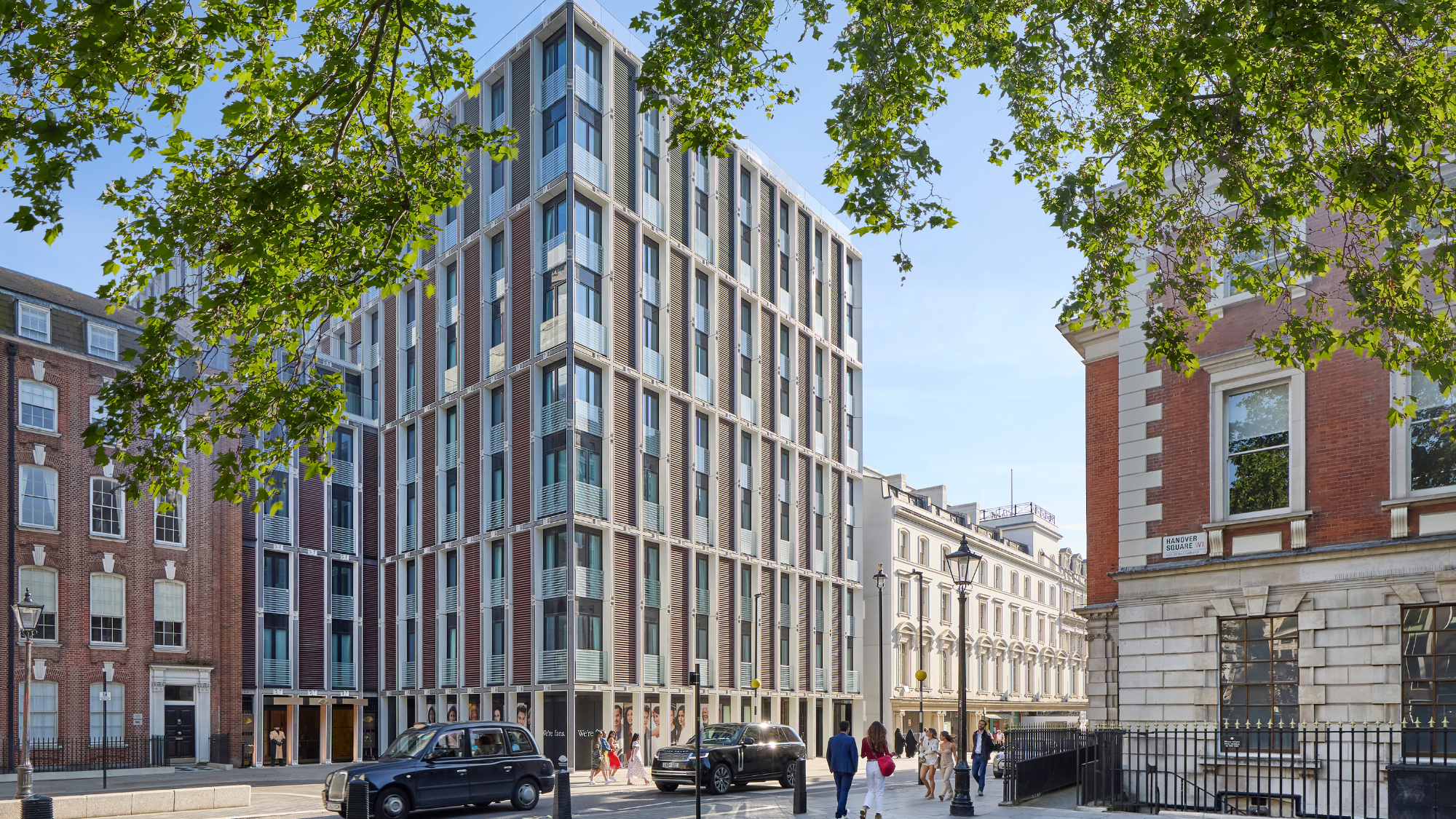 The Mini-Mayfair package at Mandarin Oriental
The Mini-Mayfair package at Mandarin OrientalThe Week Recommends Keep the kids entertained with a family-friendly stay at one of London’s swankiest hotels
-
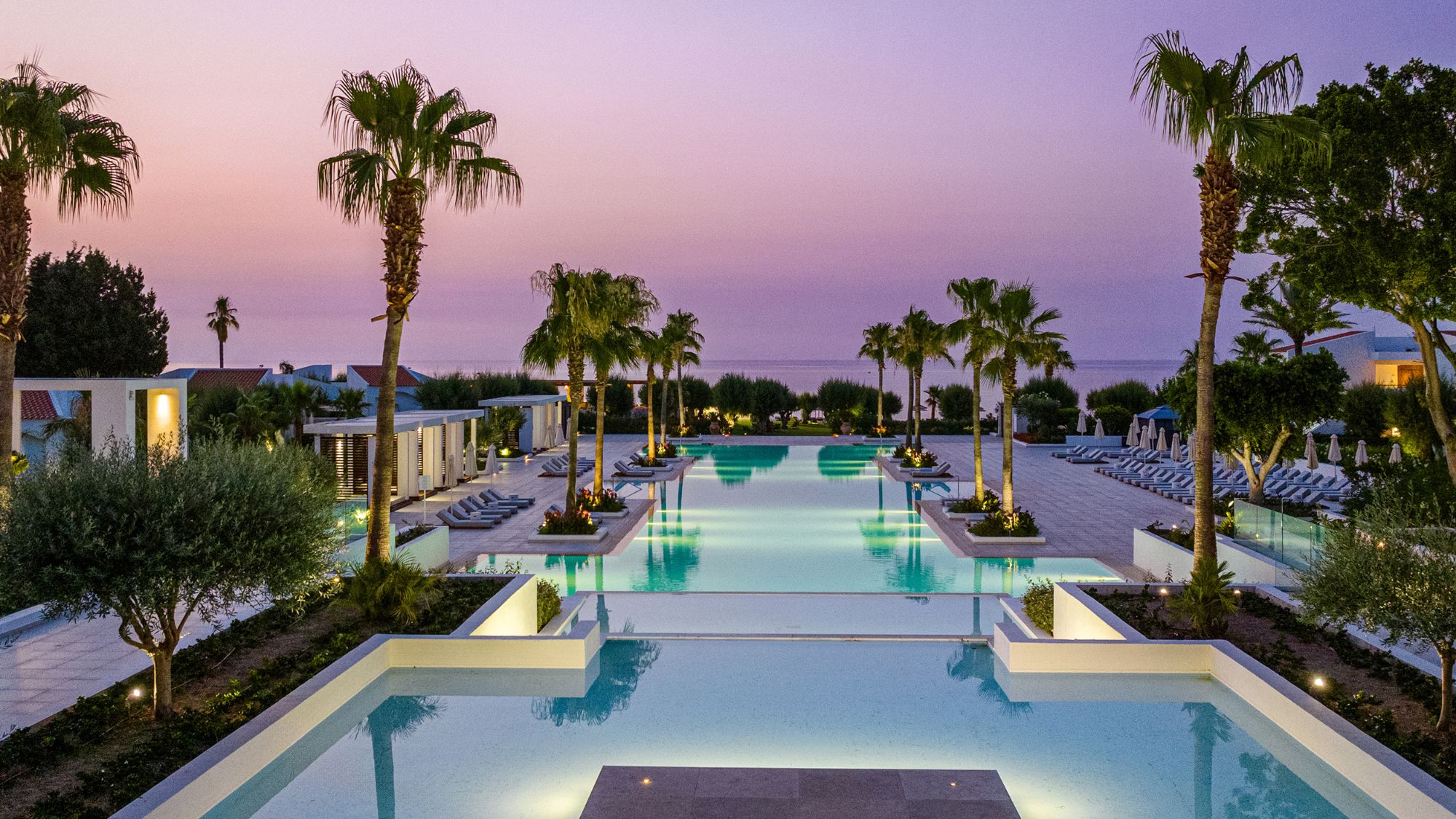 Grecotel Luxme Dama Dama: Greek luxury with a breezy beach vibe
Grecotel Luxme Dama Dama: Greek luxury with a breezy beach vibeThe Week Recommends Rhodes is reimagined in this refined and relaxed resort